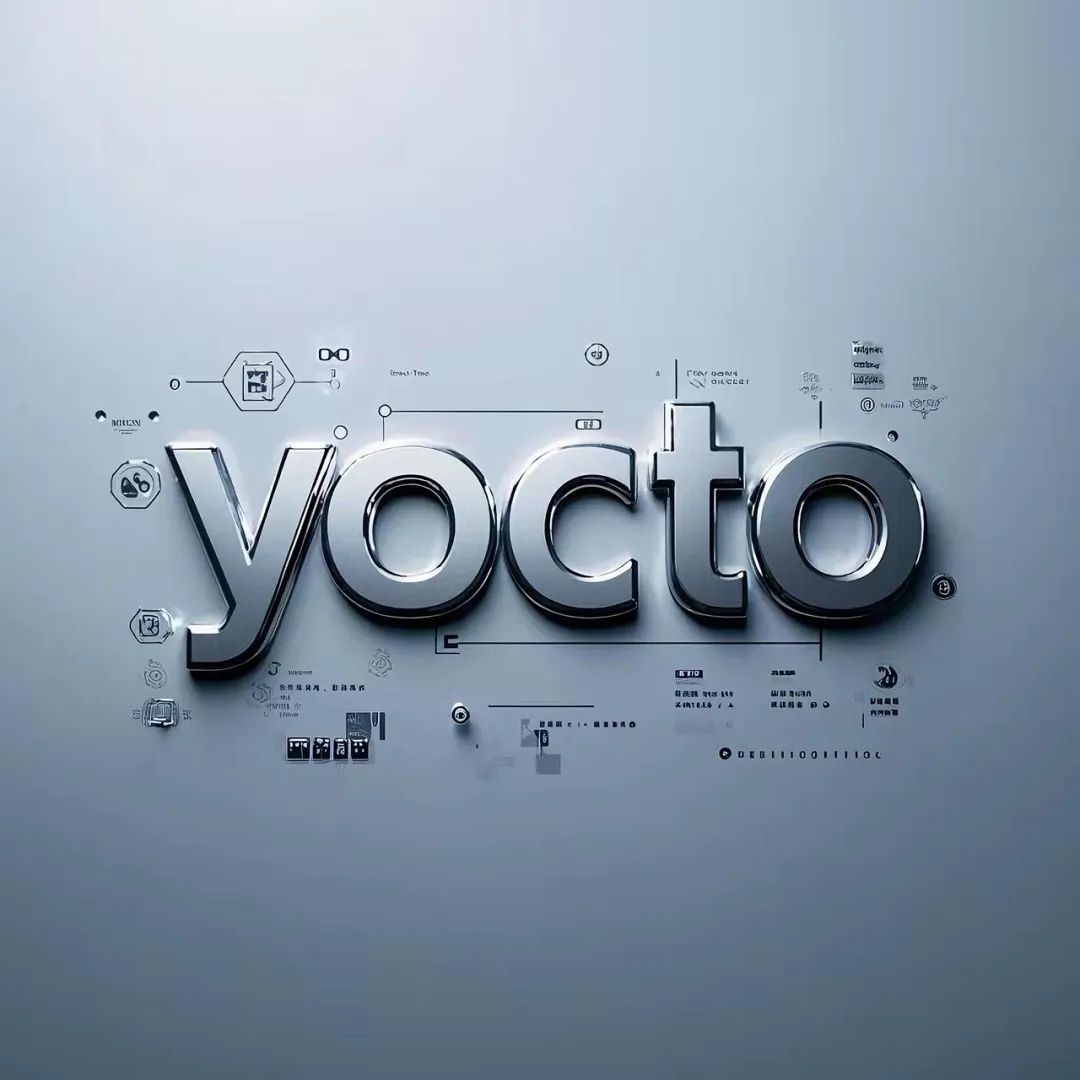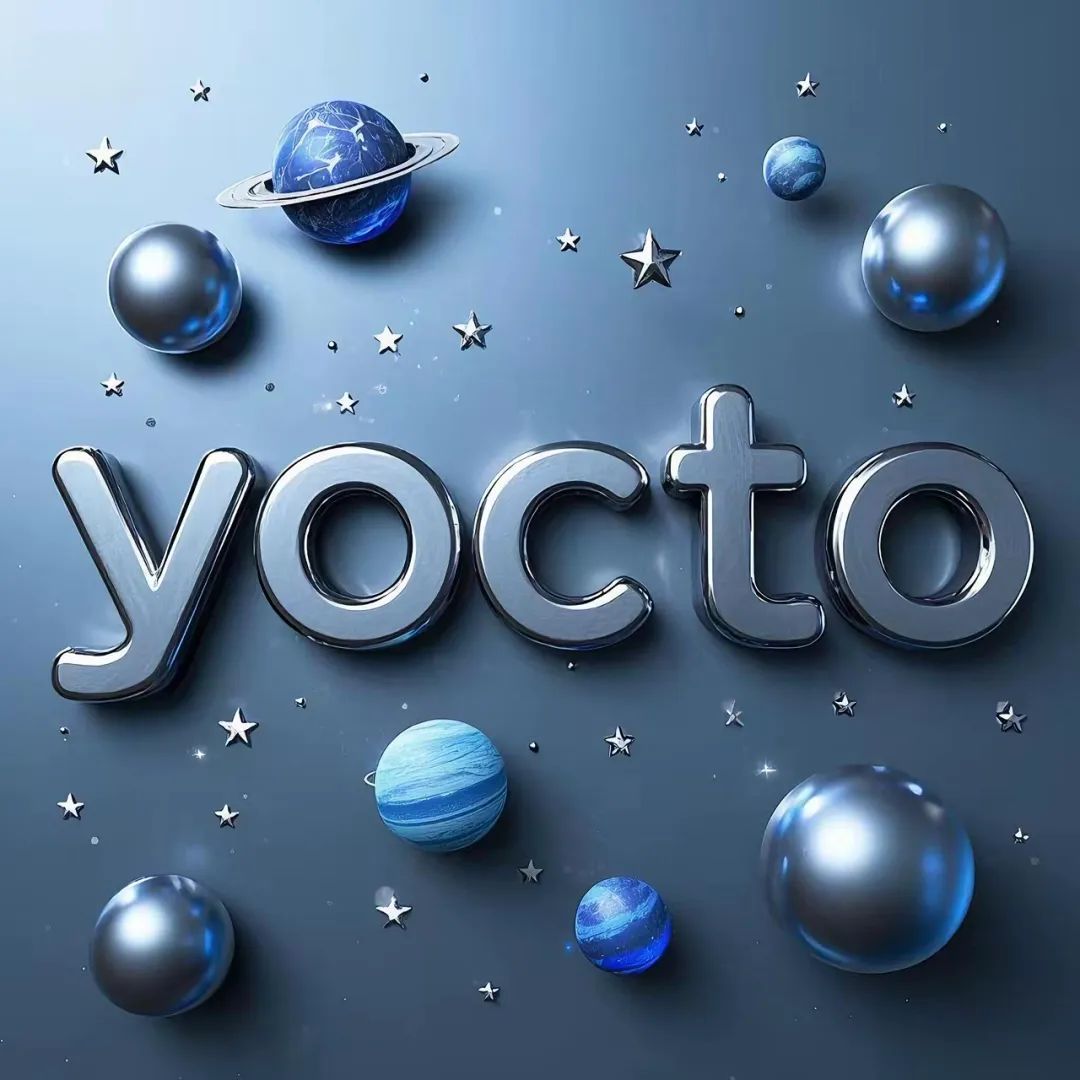In embedded Linux development, Buildroot and Yocto are extremely popular build systems, while Qt is a “magic tool” for graphical interface development. Today, let’s discuss how to choose between Buildroot and Yocto when using Qt! 👇

—-
🎯 Buildroot + Qt: Lightweight and Fast, Suitable for Small Projects
🌟 Features
• Lightweight and Fast: Buildroot is extremely simple, with a configuration system based on Kconfig, making it particularly suitable for resource-constrained small devices, such as MCUs or low-end ARM. The build speed is very fast, and the generated image is small, completed in just a few minutes!
• Easy Integration: It comes with built-in Qt packages (like qt5base, qt5declarative), allowing you to select versions directly, automatically resolving dependencies, and quickly integrating standard Qt, making it beginner-friendly!
• Limitations: The Qt version may be relatively old, requiring manual configuration changes for upgrades; trimming Qt modules requires editing .mk files, limiting customization capabilities; community support is minimal, and complex issues must be handled independently.
💡 Applicable Scenarios
• Small devices with tight hardware resources, such as smart home sensors and portable medical devices.
• Short project cycles that require rapid prototype validation.
• Simple functional requirements for Qt, without the need for deep customization.

—-
🎯 Yocto + Qt: Highly Flexible, Suitable for Complex Projects
🌟 Features
• Highly Flexible: Based on a BitBake metadata layer architecture, deep customization of Qt components is straightforward (for example, configuring modules through the meta-qt5 layer, enabling/disabling features, optimizing performance).
• Enterprise-Level Support: Suitable for long-term maintenance projects, supporting multi-version coexistence and OTA updates, aligning perfectly with Qt’s official maintenance strategy.
• Complexity Costs: Steep learning curve, requiring mastery of concepts like layers and recipes; build times are long, with the first compilation potentially taking hours; the default generated image is large and requires manual optimization.
💡 Applicable Scenarios
• Complex embedded systems, such as in-vehicle infotainment systems and industrial HMIs.
• Products requiring long-term maintenance (LTS) and multi-version management.
• Deep customization needs for Qt, such as removing unnecessary modules or binding specific drivers.

—-
📊 Comparison Summary
Dimension Buildroot + Qt Yocto + Qt
Build Speed ⚡️ Fast (minutes) 🐢 Slow (hours)
System Size 📦 Small (default optimized) 📦 Larger (manual trimming required)
Customization Flexibility ⚙️ Low (depends on existing configuration) ⚙️ High (customizable through layers)
Maintenance Cost 💰 Low (suitable for short-term projects) 💰 High (requires a professional team)
Qt Version Support 📚 Mainly old versions 📚 Supports latest and LTS versions
Typical Use Cases Smartwatches, simple control panels Automotive dashboards, medical imaging devices

—-
✨ Selection Recommendations
• Choose Buildroot + Qt:
• Short project cycles with limited hardware resources.
• No need for frequent Qt version updates or deep customization.
• Team lacks Yocto experience and prioritizes development efficiency.
• Choose Yocto + Qt:
• Long product lifecycle requiring enterprise-level maintenance.
• Needs for module trimming and performance optimization in Qt.
• Potential future expansion for multi-device support or complex features.
—-
💡 Practical Tips
• Buildroot Optimization:
When configuring with qt5base, enable -reduce-exports and -no-opengl to reduce dependencies and make the system lighter.
• Yocto Layer Recommendations:
Integrate the meta-qt6 layer to support Qt6, controlling graphical backends (like Wayland/X11) through DISTRO_FEATURES for flexibility and efficiency.
• Cross-Debugging:
Yocto’s devtool can quickly modify Qt source code and hot-deploy, making it extremely useful in complex debugging scenarios!
—-
Choosing the right tool combination for embedded development can yield great results! Weigh development efficiency against flexibility based on project needs, and give it a try! 💪🎉
